Posted on: November 20, 2011
For the kanzashi collector, it is helpful to be able to discern between that which is decorative and pieces which are art. Auction prices often confirm the fact that the more art qualities a kanzashi has, the more collectable it becomes. Decorative hair combs (which are often quite beautiful in their own right), will not possess the depth of expression that is seen in more artistic pieces. Art is distinguished by its originality, a sense of aesthetics and clear, purposeful expression. Often, within in it, one feels the presence of the maker – there is the sense that the piece has its own personality.
In the top comb set we see an overall decorative flower design, but on second glance we find a demonic figure hiding in the right side of the stick. The inclusion of ugliness with utmost beauty makes a statement about life that is beyond the decorative –the comb set has now become evocative and more poetic in mood. In the second comb, the artist reaches beyond the decorative in this complex, beautifully executed design. On it are two separate landscapes, each one on golden, smooth lacquer fan shapes. Around these shapes, darker, roughly carved water forms flow. The movement of the water gives a feeling of excitement to the piece, especially when contrasted with the smooth texture of the fan shapes and the serene designs within them. The water even cuts into the fan forms, just as water does in real life, showing that the artist who made this gave a lot of thought to the play between the two opposing elements: the surging water and serene landscapes. When an artisan goes the extra mile to create something exceptional, the result is often that ever-elusive thing we call “art.”

Kanzashi – the difference between art and the decorative
Isidor Kaufmann was born in Arad, Hungary (now Romania), in 1853. Leaving for Vienna to study art in 1876, his assimilated Jewish clients coveted their commissioned portraits. Viennese Jews looked down upon their fiercely religious, backwater brethren in the shtetls, so it is ironic that Kaufmann is best known for his realistic portraits of shtetl rabbis in Poland, Russia, and Hungary c. 1890. Their stony gazes reveal the fight to keep their dying culture alive.
Kaufmann chose realism in the middle of Gustav Klimt’s “Vienna Sucession,” the Austrian version of Art Nouveau. Emperor Franz Joseph I owned “Der Besuch des Rabbi” (Visit of the Rabbi), which now hangs in the Kunsthistorisches Museum.
However, he also painted his daughter Hannah when she got married. One of those portraits is going on sale at Sotheby’s on December 14, 2011, with an estimated value between $250,000 and $350,000.

This is the second one. Look at her kipah, or wedding hat.

Attached to the masterfully ornate fabric is a hand-made seed-pearl tiara. There is a circular center, above which is a spray of seed pearls, shaped into individual hearts, and attached to the top. To the side, a chain of hearts reaches the front-sides to hold the kipah in place. One of the chains of pearls becomes a border around the bottom. Hannah’s parure is completed by pearl earrings and a five-tiered seed-pearl necklace.
Even though he probably painted his daughter in Vienna, her gaze is as fierce as the shtetl rabbis’. Perhaps she knew she was defending a culture, which would be threatened by extinction, too.
कंघी
For more scholarly research, please examine
Isidor Kaufmann art prints: Portrait of a Rabbi and Girl with Flowers in her Hair
As we take our steps from the online world to the real one, newspapers notice, too. La Charente Libre of Cognac, France, wrote an article on the Creative Museum‘s Tete a Tete exhibition at the Musée d’Angouleme on November 5th.
Everyone from around the world :-), please say hello to Catherine and Joel Olliveaud. What I see in this photo is Joel looking at the Creative Museum’s headdress with his photographer’s eye. Catherine, you are beautiful!

The article tells the story of a collection, which is really the story of a family, who had a serendipitous epiphany. They saw a few combs in their grandmother’s wardrobe and devoted their lives to her legacy. Coincidentally, many combs are made to pay homage to ancestors, so that gives added poignancy to the Creative Museum.
From the article: “The idea of the museum came to me after the organization of the exhibition ‘Chinese and Japanese Hair Ornaments’ at the Oisellerie Castle in La Couronne, France” said Catherine Olliveaud. “Many people told me that these objects were worthy of museums like the Musée Guimet in Paris. It gave me ideas. The advantage of the virtual museum is that it is accessible to everyone everywhere.” The Creative Museum has visitors from 97 countries.
This stunning Manchu hair pin with every kingfisher feather in place, superb-quality jade, and coral branches sold for $800 on E-bay, October 28, 2011. The pin was in perfect condition. Look at the back: the intricacy of how each stone and feathered piece is set, as well as long tines, seal the deal.


Also on E-bay is a beautiful pair of hair combs and matching bracelet by Margot de Taxco. She was an American, Margot Van Voorhies Carr, who came to Taxco, Mexico, in 1937 and married Antonio Castillo of Los Castillo. In 1948, she divorced and set up her own workshop. These pieces feature gold-washed half balls surrounded by silver scrolls, are marked, and are in superb condition.


कंघी
For more scholarly research, please examine
Mercedes Robirosa was one of Yves St. Laurent’s favorite models in the late 1960’s and 70’s. Laurent chose Robirosa to model the Mondrian dress, which is in the permanent collection of the Metropolitan Museum’s Costume Institute.

After her modeling career, Karl Lagerfeld hired her to design jewelry for Chanel. Four years later, she went out on her own.
The newest acquisition of The Creative Museum, this comb came from her Karl Lagerfeld period. It was designed for one of his haute couture fashion shows.
Hammered brass finials surround a turquoise-glass stone. Your eye never loses interest in the finials’ asymmetrical nature. The comb is a great sculpture in its own right. It is signed, original, and in perfect condition. The intelligence behind these purchases are what differentiates a collection from a museum, and what makes The Creative Museum great.

कंघी
For more scholarly research, please examine
Yves St Laurent by Frances Muller
The Yves Saint Laurent-Pierre Berge Collection: The Sale of the Century
The Parthian Empire existed in Ancient Persia from 247 BC – 224 AD. It is also called the Arsacid Empire after Arsaces I of Parthia, the Parni tribal leader who conquered what is now, modern-day Iran’s northeast region. At its height, the Parthian Empire stretched from the Euphrates in south-eastern Turkey to eastern Iran. Because its territory included the Silk Road trade route between the Roman Empire and the Han Empire of China, the Empire became a center of world commerce.
It was succeeded by the Sassanid Empire (224-651 AD), which was considered to be equal in power to Rome. The Sassanids also invented the word, “Eran,” which later became Iran. It was the last pre-Islamic Persian empire.
Its art was multicultural, encompassing Persian, Ancient Greek, and regional traditions. These two Parthian pieces, a hair comb and pin, come from the Reza-Abassi Museum in Iran. The jewels are carnelians.


On this gold coin, you can see the Sassanid Emperor Shapur II wearing a crown.

कंघी
For more scholarly research, please examine
The Art and Archaeology of Ancient Persia: New Light on the Parthian and Sasanian Empires

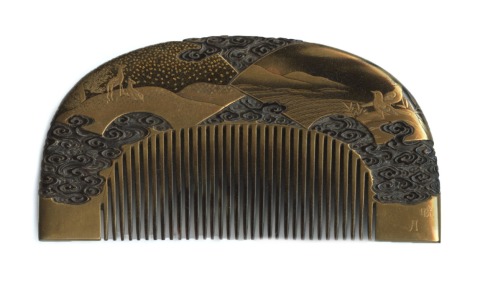
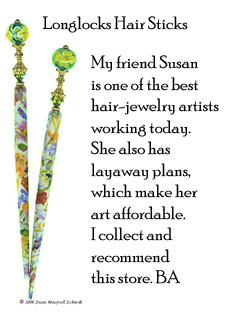
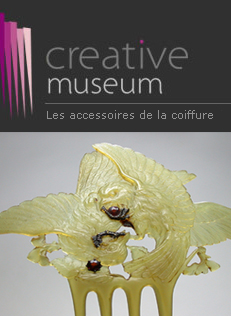
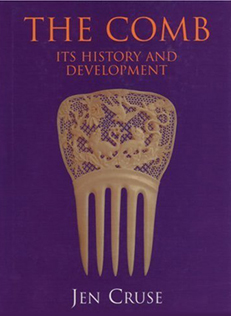
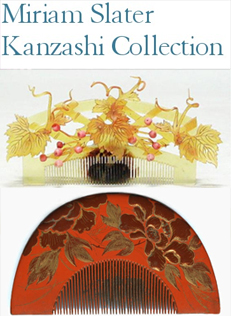
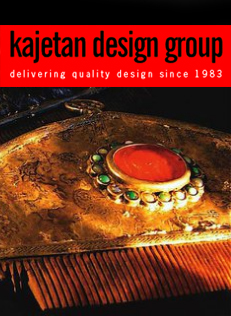
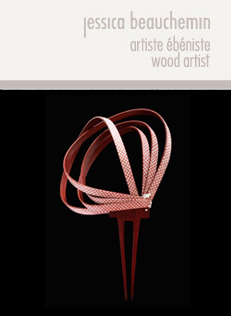
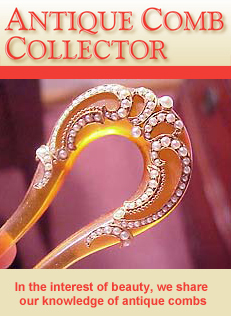
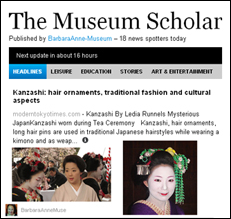
Comments